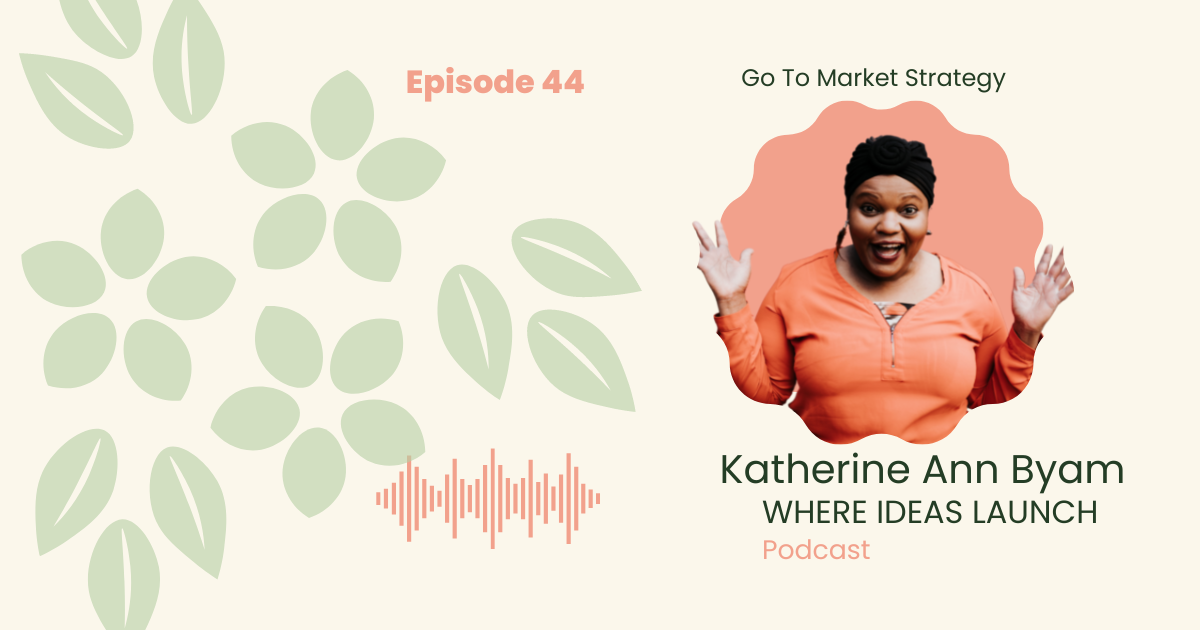
Katherine Ann Byam (MBA, FCCA) is the wing-woman to your genius, and a business resilience / organic growth consultant. As a strategic partner to leaders, she helps businesses design and embed effective strategies for responsible brand stewardship, to deliver outcomes that favour a wider stakeholder view.
In consulting she supports sustainable business development, resilience and business transformation projects. She is also a specialist in using Linkedin to generate organic growth and impact.
As a leadership coach, she works one to one with you as you go through any critical leadership changes; career transitions, starting businesses or scaling.
Her aim is to address solutions that consider society and environmental resiliency at their core so that her clients preserve their longevity and a fair return for innovation and ingenuity.
Her brands include Dieple Virtual Services Hub, Where Ideas Launch, Women in Sustainable Business, The Eco-Business Growth Club, Diep Linked Agency Services, the Courageous Career Club and the WW Executive business club.
What’s the biggest mistake people make when they go to market?
They skip all the steps I spoke about before. They think that they would buy their product, therefore, others would. But there’s much more involved in taking a product to market.
If you run an existing business and you are struggling with growth one or more of the things below may be playing against you.
The main mistakes:
1) Vague idea of an ideal client in mind.
2) Designing a product that fits everyone so therefore it suits no one. That my friend is not even a onesie, and even if it was, no one would go out in public in it. Well, few people at least.
3) Taking on any client, who isn’t a good fit for your services or you as a person. (don’t get me wrong, when needs must, but you can end up developing in a direction you don’t want to go as a business owner, and that will just make you hate your business!
4) Pricing strategies that are not adjusted to the market or your place in it.
5) A business model that is not fit for your stage of growth.
6) A product or service that does not deliver on customer expectations.
7) No niche in the way you approach the market.
8) Using all social media and none of them well.
9) No planning for your launch, including logistics coordination and supply chain, or audience building and awareness.
10) No understanding of the key metrics that drive your conversions.
11) No identification of key resources is required to support the launch.
12) Failure to test product-market fit.
13) Lack of integrity or ethics in your data points
14) Tech fails.
15) Burnout and exhaustion because of inadequate self-care (probably we have all been guilty of this at one stage or another - but even if your business is your baby, you still need to put on your mask first.) good airplane logic never fails.
16) No clear brand aesthetic
We’ve covered many of the points above in past episodes, but by the end of season 3, we would have covered everything. This section is strategy, not yet executed. Before you launch, you will have more to do, but all the points will be available to you.
Let’s talk Business Models
Business models are how you place your value proposition in front of your customer. Your value proposition is a combination of the USP of you, and the general value the consumer receives from the consumption or enjoyment of your product.
The best business models will do the following things:
The key things that you need for a strong business model:
Passive products or services require little to no input from you, except to set it up.
Examples can be:
Some of the most popular business models
The way you execute the ideas above can vary. There are many mechanisms for business models that you can choose from. Some of the popular ones this year:
To build a decent go to market strategy, go through your numbers.
Financials
Start with the full business year in front of you. Consider the following:
Market Data
Product Suite
This is how the product suite can work.
An offer within an offer is something you give either free or for a small additional fee, that closes the deal for the customer, and deals with their objections to the course, or their other desires that are linked to the service you provide.
For example. If you offer a travel service, your customers are into travel. You may want to create neat package deals for them but sweeten this with a loyalty card that offers a discount for their next purchase with you, or for items they will want to consume when they arrive at their destination.
Summary - Go to Market Strategy
You also need to consider Supply Chain and Finance. I have covered the supply chain in episode 34 – Sustainable Supply and Sourcing and I also have a special guest coming up to talk about Financing, so stay tuned, we are full of value.